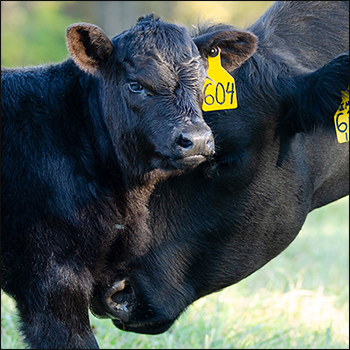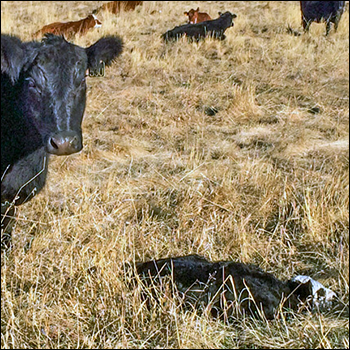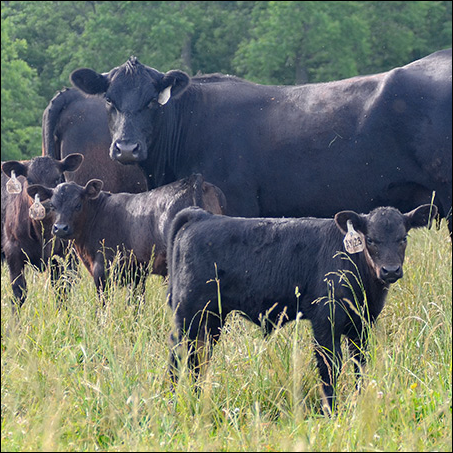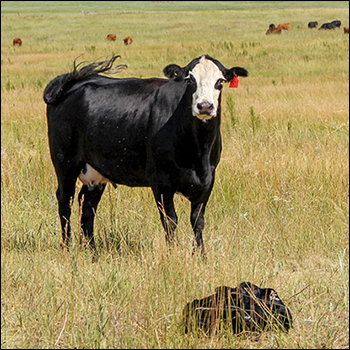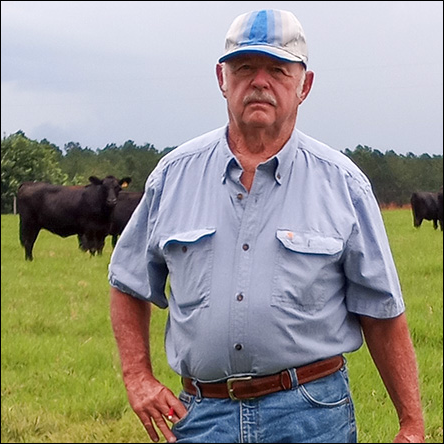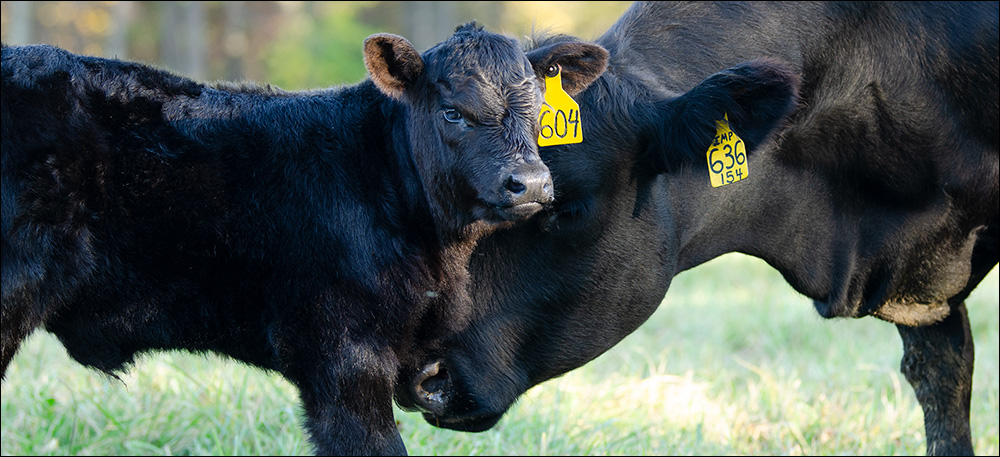
Fall-calving Nutrition Notes
Needs are peaked. Keep fall calvers on a high-enough plane of nutrition.
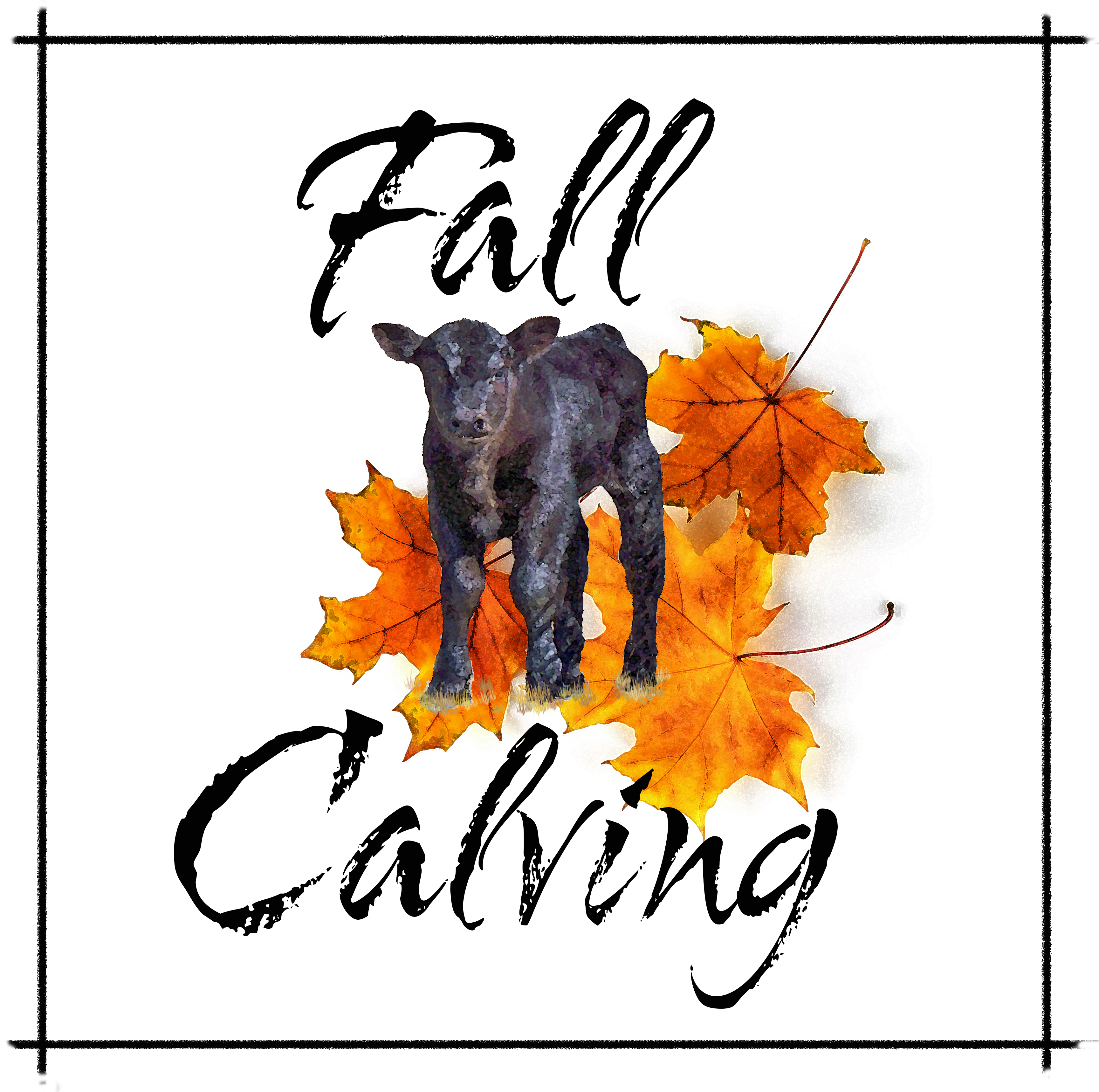
Fall calving can be a tricky situation where a cow has the highest nutrient needs, but forage is at its lowest quality. For fall-calving cows to thrive, know their nutrition requirements.
Brian Fieser, senior beef cattle nutritionist for ADM Animal Nutrition, says a cow’s nutrient needs peak while she’s lactating.
“A mature cow, she probably needs to be eating at least 2.5% of her body weight in dry-matter intake,” he recommends. “For her protein needs, I like it to be at least 10.5% protein and at least 62 TDN (total digestible nutrients) or 60 NEm (net energy for maintenance).”
He notes that diets for fall-calving cows often come up short on protein. Supplementing protein during late gestation and early lactation will pay dividends as cows struggle to mobilize protein to meet their needs. Energy, on the other hand, can be mobilized from body fat. Because feed costs are so high right now, Fieser admits you can get by with a little less energy if the cow is in adequate body condition.
Don’t let her be in an energy deficit for long, though, because she won’t cycle and breed back, he warns. The cow’s highest needs are 60 to 90 days postcalving. If fall-calving cows are out on grass, they need to be supplemented.
Those nutrient needs eventually taper off, but not dramatically, he says.
“I stay aggressive meeting those needs in fall-calving herds until we’ve pulled the bulls out. Until they’ve had a chance to breed back, I like to keep that high plane of nutrition in place,” he recommends.
He shares data showing that the No. 1 determinant of cow-calf profitability is getting cows bred. When you look at the big picture, he admits, you may spend $10-$20 more per cow to keep them fed at a high level, but if she breeds back early and weans a big calf, that money comes back tenfold.
Editor’s note: Photo by Shauna Hermel.

